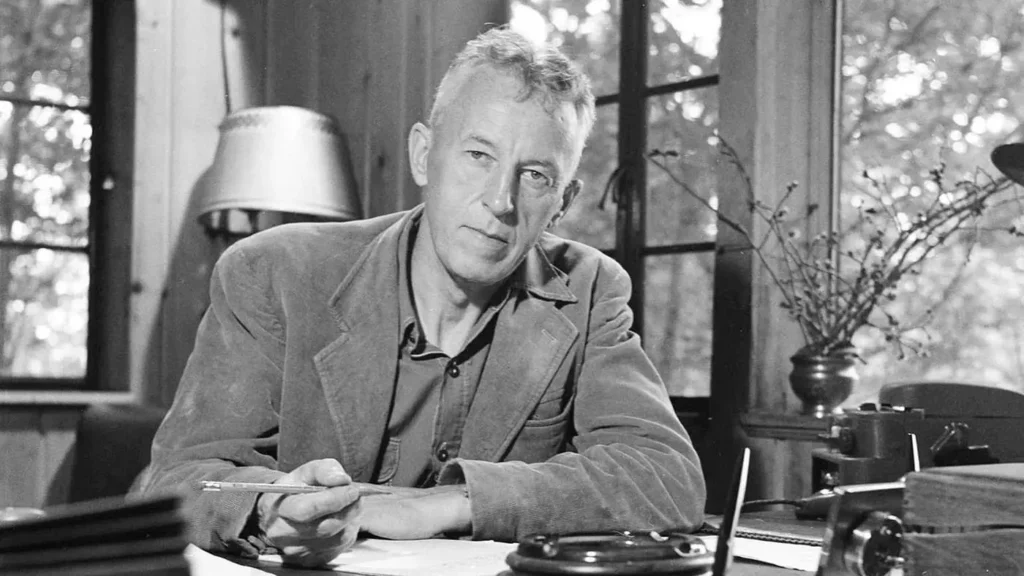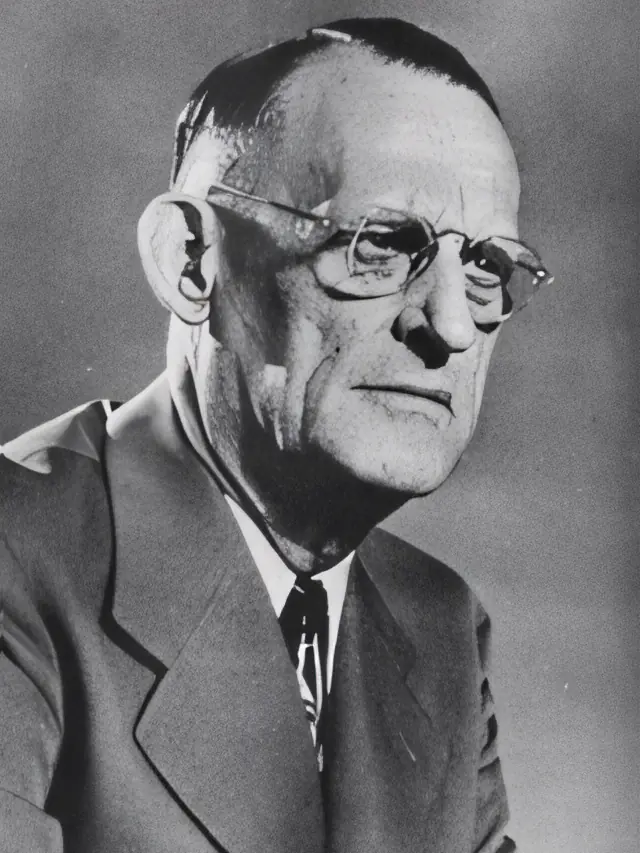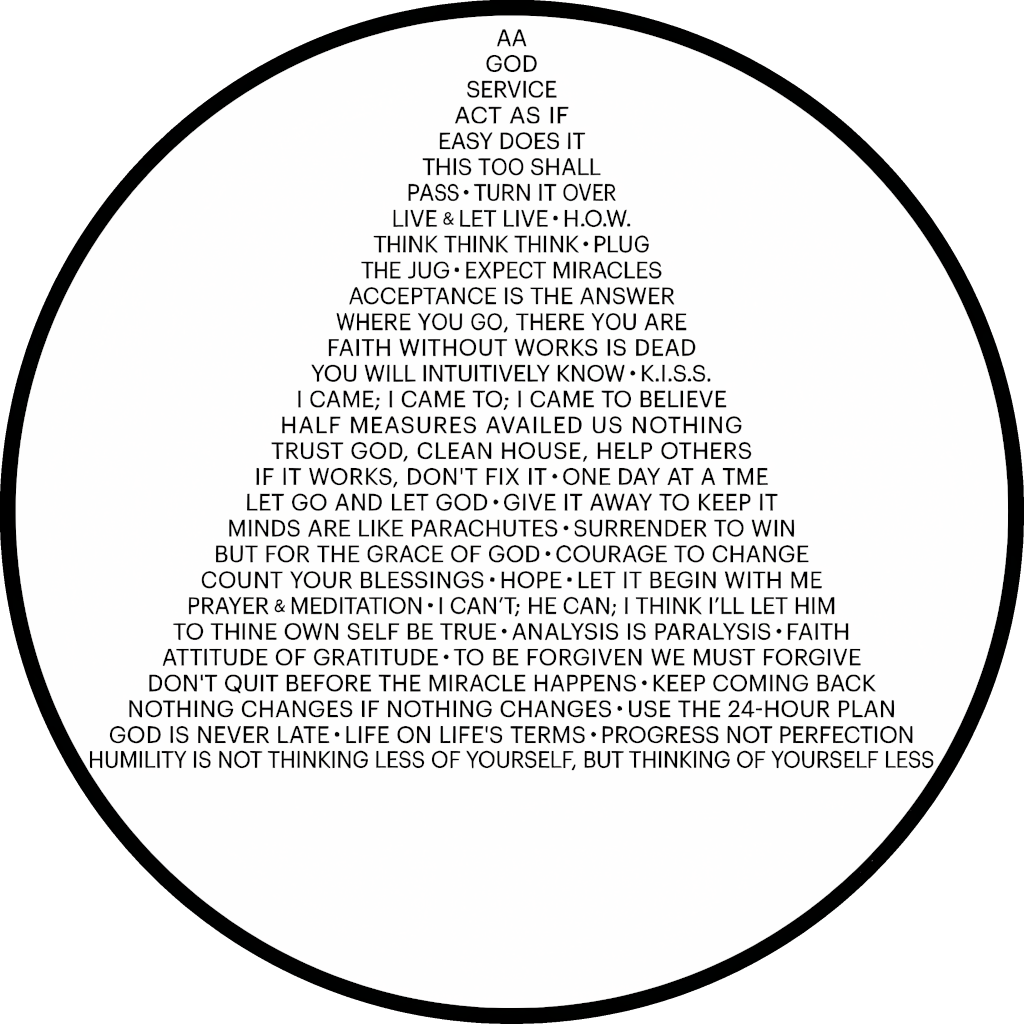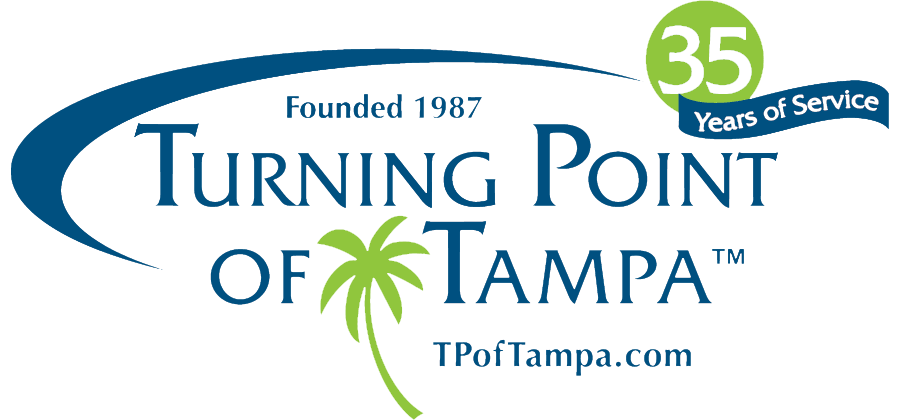By John
Appropriately, Bill Wilson who is generally referred to in AA as “Bill W”. was born at his grandparent’s home and business, The Aeolus Inn and Tavern. He and his sister Dorothy apparently had a very happy childhood there, even though, until he had a spiritual experience on the top of a mountain, Bill’s father was a hopeless drunk.
Both Bill’s parents eventually abandoned their children, leaving them in the care of their grandparents. Their father never returned from a purported business trip, and their mother just up and went to Boston to train as an osteopath. Bill and Dorothy were raised by their maternal grandparents.
Dr. Robert Smith
Because he is considered many to be the original founder of Alcoholics Anonymous, William Griffith Wilson, was called, “the greatest social architect of the Twentieth Century”, by a prominent writer of the era. The continued success of AA bears this out. AA and the concepts that were originated in it, has saved millions of lives. That is Bill Wilson’s legacy.
However, it should be remembered that he was assisted in this endeavor by a man that he met while in Akron on a business trip, AA’s co-founder, Dr Bob Smith. Because Wilson was trying to find someone to carry his message of sobriety to another, this meeting is considered to be the first 12 Step call.
Alcoholics Anonymous was officially founded on June 10, 1935, in Akron, Ohio, by Bob Smith and Bill Wilson. However, because anonymity was considered to be an important concept, and it was thought would very likely insure the continued growth of AA, it wasn’t until after his death in 1950 that the role of the surgeon from Akron, Dr Robert Holbrook Smith (Dr. Bob) in the origination of Alcoholics Anonymous was made known to the general public.
This is from the Alcoholics Anonymous website regarding Anonymity:
Anonymity is often referred to as the greatest single protection the Fellowship has to assure its continued existence and growth. In stressing the equality of all A.A. members — and unity in the common bond of their recovery from alcoholism — anonymity serves as the spiritual foundation of A.A.
Ebby Thatcher
Ebby Throckmorton Thatcher was a friend of Bill Wilson from his college days, and had himself battled with alcohol addiction, and had a history of admission to mental wards and jails due to his drinking. On the occasion of his last bender, three members from the aforementioned Oxford Group persuaded the judge to give Thacher over to their custody. There he was taught the principles and the ideas he eventually imparted to Bill W. and that later became the 12 steps of AA.
The Oxford Group
After many years of suffering and misery due to his alcoholism, Bill W eventually got sober, with the help of Ebby Thatcher. Their first meeting is detailed in the front of the Big Book in a story titled “Bill’s Story”. Because they had been drinking buddies in the past. Ebby contacted Bill W, and told him he wanted to meet with him. Bill was excited to meet and re-live old times. He was hoping they would might go on another bender.
However, he was surprised and disappointed to find that his former drinking partner was now sober for several months, as part of the Oxford Group. The group was organized around the belief that selfishness and fear were at the root of all human problems, and the solution was to “surrender one’s life over to God’s plan”. Both of these ideas are embodied in the concept of a spiritual experience idea put forth in The Big Book that is published by Alcoholics Anonymous. They are also incorporated in the 12 Steps of Alcoholics Anonymous.
At their meeting, Bill listened to his friend talk about his newfound sobriety. Ebby spoke of accepting the idea of a power greater than oneself. But because Bill expressed a resistance that idea, Ebby suggested he use his own conception. After listening to Ebby talk for some time, Bill eventually thanked Ebby, but said that he wasn’t quite ready yet to stop drinking. He still believed he had another spree, or maybe two, left in him.
About a month later however, after experiencing another case of delirium tremens, Bill was admitted to Charles B. Towns hospital for treatment of alcoholism, for the fourth and last time.
The Saturday Evening Post
An article about Alcoholics Anonymous written in March 1941 by Jack Alexander was published in a very popular weekly magazine called The Saturday Evening Post, membership in AA really began to grow.
Following the publication of ‘Alcoholics Anonymous’ by Jack Alexander, the Post floor received an unusually large mail from readers, much of it asking how contact could be established with groups who are doing this work in various cities. There were several instances of calls on our branch offices for information on local organizations of this unusual group.”
Bill Wilson then wrote another book to accompany the Big Book. Titled “Twelve Steps and Twelve Traditions”, which was first published in April 1953. The book goes into further detail with regard to the steps and explains the history of, and the struggle to establish, the Twelve Traditions.
The American Medical association (AMA)
In 1956, the success AA had helping millions of hopeless alcoholics get sober prompted the American Medical Association to officially recognize alcoholism as a disease. Prior to that time compulsive drinking was considered to be a moral failing, or a failure of will power.
In 1991, the AMA further endorsed a more detailed classification of addiction to alcohol in the International Classification of Diseases (ICD), which is maintained by the World Health Organization (WHO). The AMA updated the definition of alcohol use disorder to include psychiatric as well as medical definitions.
Al-Anon
Because alcoholism is very much a family disease, Wilson’s wife, Lois, founded Al-Anon in 1951 and then Ala-teen in 1957. Prior to that time, the wives and friends of alcoholics attended AA meetings with their family members. Lois and the others had realized the concepts embodied in the 12 steps were helping them as well. However it was soon realized they needed a separate program.
The first Al-Anon meeting was held in the home of Bill and Lois, and is now known as the Stepping Stones Foundation, located in Bedford Hills, New York. The Al-Anon and Al-a-teen programs have helped millions to regain control of their lives through using the principals and the fellowship provided by these two organizations.
Early Life of Bill Wilson
Bill Wilson spent his early years in East Dorset, Vermont, and entered Norwich University, a military college, also located in Vermont. He was activated and served US Coast Artillery Corp prior to graduating, during WWI, and was stationed in England. Bill’s Story in the Big Book recounts his encounter there outside Winchester Cathedral, with a tombstone of a soldier who died of from drinking.
After the war, Wilson took a night law course at Brooklyn Law School in New York. However, by the time he had actually completed the course, which took several attempts, he decided that the law was not for him. Meanwhile, his drinking progressed, because, as AA members will point out, the disease of alcoholism “gets worse, never better.”
After developing an interest in the stock market, Bill spent some time making contacts with many influential people on Wall street, as a result of his efforts, was rewarded with a lucrative career. It was the roaring 1920’s, and The U.S. was experiencing an economic boom. Many people, including Bill W. were making a lot of money betting on the stock market. During this time, Bill W. later wrote that his drinking “assumed more serious proportions”. He writes that he began drinking almost continuously.
Final Days
Bill Wilson was also a heavy cigarette smoker, and at age 75, June, 24 1971, died of complications related to emphysema and cardiac complications a few hours after he had been flown by private plane to the Miami Heart Institute, in Miami Beach.
Obviously the contribution that Bill Wilson made to society and to the world in general cannot be overstated. Prior to the influence of AA, a chronic alcoholic, or almost anyone arrested repeatedly for causing a public disturbance due to alcohol, was either jailed or admitted to a mental hospital.
Since that time the 12 Steps and the principals contained there-in are being applied to numerous other related fellowships that deal with addiction and co-dependence. Al-Anon, Narcotics Anonymous, and Cocaine Anonymous are among many, many others. These programs address almost any addiction or addictive behavior you can name. There is a 12 Step program for that!
Books and Literature
A very popular source of information and guidance for many sober AA’s comes from the General Service Office, in New York. They publish a monthly magazine titled The AA Grapevine, which you can either subscribe to or view online, at aagrapevine.org.
In addition to the tomes titled, “Alcoholics Anonymous” and the “Twelve Steps and Twelve Traditions”, there are a variety of other books that tell the story of how people have recovered from a seemingly hopeless condition.
One of the most referenced books in 12 step circles comes from another very influential member of AA by the name of Chuck C. Published by New Look publishing is titled, “A New Pair of Glasses”. Chuck Chamberlain, (1902-1984), was a well known AA member, in Southern California. His story details his spiritual experience in AA.
Another book worth reading is published by Washington Square Press titled “Note Found in a Bottle: My Life as a Drinker” by Susan Cheever, the daughter of famous novelist John Cheever. Her book combines an extensive knowledge of history and how drinking has effected it, along with her personal journey of spirituality and recovery.
Bill W’s Wife Lois Burnham Wilson
Bill W’s wife Lois, who founded Al-Anon, died at age 97 and is also buried in East Dorset Cemetery. Although she had experience as an interior decorator, she was forced to take employment in a department store to support Bill and herself during the final years of Bill’s drinking. It was during this time that Bill was unable to function without alcohol in his system, and this limited his prospects for employment.
Between 1930 and 1934 Bill Wilson was admitted to Towns Hospital in New York four times for treatment of alcoholism. After being admitted for the last time in December of 1934, Bill W was finally able to get sober. He was 39 years old.
A Mental Obsession
Prior to the founding of AA, the inability to control one’s alcohol consumption was considered a moral failing, it was thought by some (and still is) that someone addicted to alcohol should be able to stop on their own. Because of his involvement with Dr. William D. Silkworth as well as other prominent medical figures of the time, Bill W introduced another way of understanding addiction to alcohol – that it was “an allergy of the body combined with an obsession of the mind”.
Dr. Silkworth also discovered through his experience in treating alcoholics that to achieve sobriety, the individual also needed to experience what he called a “psychic change”. He writes in “The Doctor’s Opinion” that once this mysterious event occurred, the person that had originally appeared to be hopeless was able to stop drinking.
East Dorset, VT
One of the most important ideas to come out of all of this is simple, and is repeated in AA meetings across the globe: “Don’t take the first drink, and you can’t get drunk!” AA introduced the idea that a physical allergy of the body combined with an obsession of the mind is responsible for an inability to stop drinking. And because of Bill and many others, the idea that you are allowed to have our own conception of a Higher Power has allowed many with misgivings to achieve sobriety through the Twelve Steps..
The Hotel and Bar that was originally owned by Bill Wilson’s grandparents – Gilman Barrows Wilson and Emily Griffith Wilson – in East Dorset VT, is currently known as Wilson House. It has become a tourist destination for sober AA’s visiting and living in Vermont. Here’s looking at you, Bill.
Turning Point of Tampa
Turning Point of Tampa offers a full continuum of care with Medical Detox, Residential Treatment, Day Treatment with housing (PHP), and Intensive Outpatient Treatment (IOP) for alcohol and drug addiction. We also offer treatment for eating disorders and dual diagnosis.
Turning Point of Tampa welcomes Veterans to the program and has dedicated some specific support groups and therapy styles for their related needs. We are In-Network with most major medical insurance companies, which will allow you to utilize your health insurance to get help.
Turning Point of Tampa’s goal is to always provide a safe environment, a solid foundation in 12-Step principals, combined with quality individual therapy and group therapy. We have been offering Licensed Residential Treatment for Substance Abuse, Eating Disorders and Dual Diagnosis in Tampa since 1987.
If you need help or know someone who does, please contact our admissions department 24 hrs per day.
